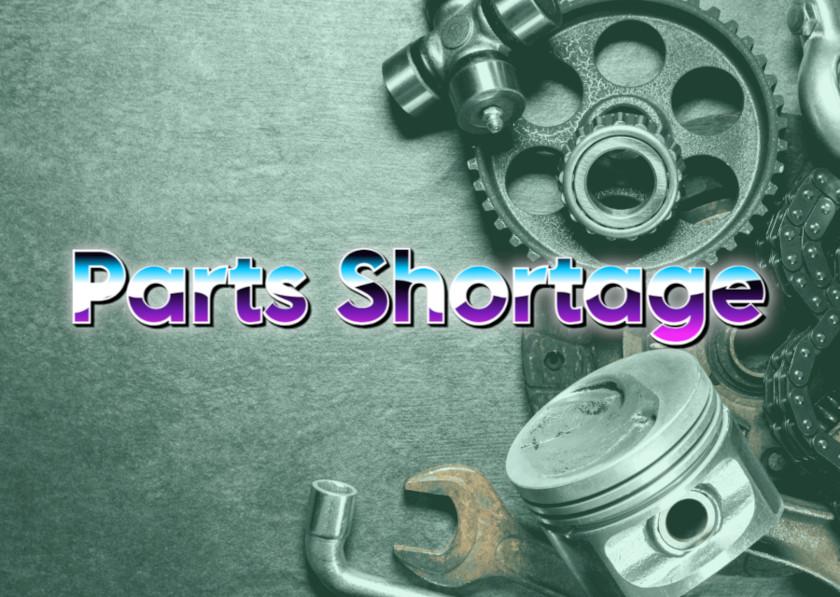
In recent times, the automotive industry in the United States has faced an unprecedented challenge – shortages of vehicle parts that ripple through the supply chain, affecting manufacturers, dealerships, and ultimately, consumers. This complex issue has left many wondering about the root causes and the potential solutions to alleviate this strain on the automotive sector. In this article, we will delve into the multifaceted reasons behind the shortage of vehicle parts in the United States.
Global Supply Chain Disruptions
One of the primary culprits behind the vehicle parts shortage is the global supply chain disruptions. The interconnected nature of the automotive industry means that components for vehicles are sourced from various countries across the globe. The COVID-19 pandemic has significantly disrupted manufacturing operations, causing delays in production and shortages of key components. Issues such as factory closures, labor shortages, and transportation bottlenecks have all played a role in hindering the smooth flow of vehicle parts to the United States.
Microchip Shortages
A critical aspect of the modern vehicle is its reliance on sophisticated electronics and advanced safety features, all of which are powered by microchips. The shortage of semiconductor chips has wreaked havoc across various industries, including automotive. With the increasing demand for smart vehicles, the production of microchips has struggled to keep up, leading to delays in the manufacturing of vehicles and a subsequent shortage of critical components.
High Demand and Low Inventory
The automotive industry in the United States has experienced an unexpected surge in demand for vehicles in recent times. The combination of factors such as pent-up demand, low-interest rates, and a strong economy has led to a spike in vehicle sales. However, the sudden increase in demand has caught many manufacturers off guard, resulting in a situation where inventory levels are unable to meet the soaring consumer needs. As a consequence, the shortage of vehicle parts has become more pronounced as manufacturers struggle to keep up with the demand.
Logistics and Transportation Challenges
The transportation of vehicle parts is a logistical puzzle that relies on a well-oiled system to ensure timely deliveries. However, disruptions in transportation, whether due to natural disasters, geopolitical tensions, or unforeseen events like the Suez Canal blockage, can have a domino effect on the supply chain. Delays in shipping and increased transportation costs contribute to the overall shortage of vehicle parts in the United States.
Just-In-Time Manufacturing Practices
The automotive industry has adopted just-in-time manufacturing practices to enhance efficiency and reduce costs. While this approach has its benefits, it also leaves little room for flexibility in the face of disruptions. The reliance on precise timing for the delivery of components means that any delay can quickly escalate into a shortage, impacting the entire production process.
Environmental Regulations and Material Shortages
Stringent environmental regulations have prompted the automotive industry to shift towards greener and more sustainable practices. However, this transition comes with its own set of challenges, including the need for new materials and technologies. The scarcity of certain eco-friendly materials and components has added another layer to the vehicle parts shortage, as manufacturers grapple with the transition to cleaner technologies.
Labor Shortages and Skilled Workforce
The shortage of skilled labor in the automotive industry has further exacerbated the challenges. Skilled workers are essential for the production and assembly of complex vehicle parts, but the industry is facing a shortage of qualified personnel. The lack of skilled workers can lead to production bottlenecks and hinder the overall manufacturing process.
Final words
The shortage of vehicle parts in the United States is a complex issue with roots in global supply chain disruptions, microchip shortages, high demand, logistical challenges, just-in-time manufacturing practices, environmental regulations, and a shortage of skilled labor. As the automotive industry grapples with these challenges, finding sustainable solutions will require collaboration, innovation, and adaptability. Whether through increased investment in domestic manufacturing, diversification of suppliers, or the development of resilient supply chain strategies, addressing these issues is crucial for ensuring the stability and growth of the automotive sector in the United States.
